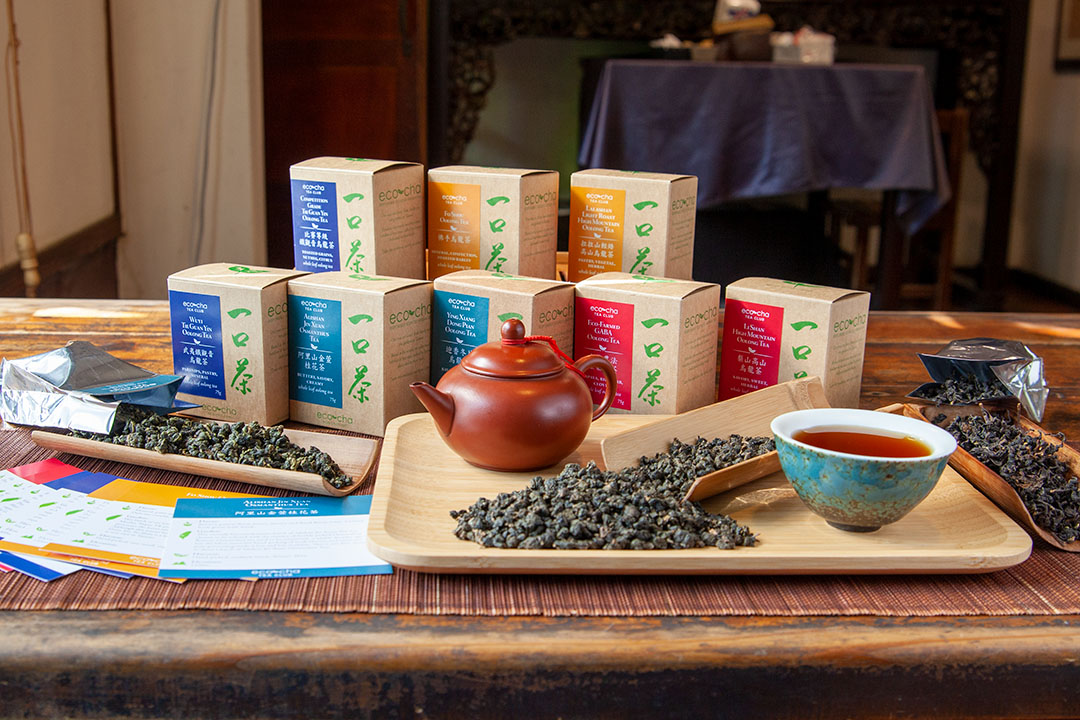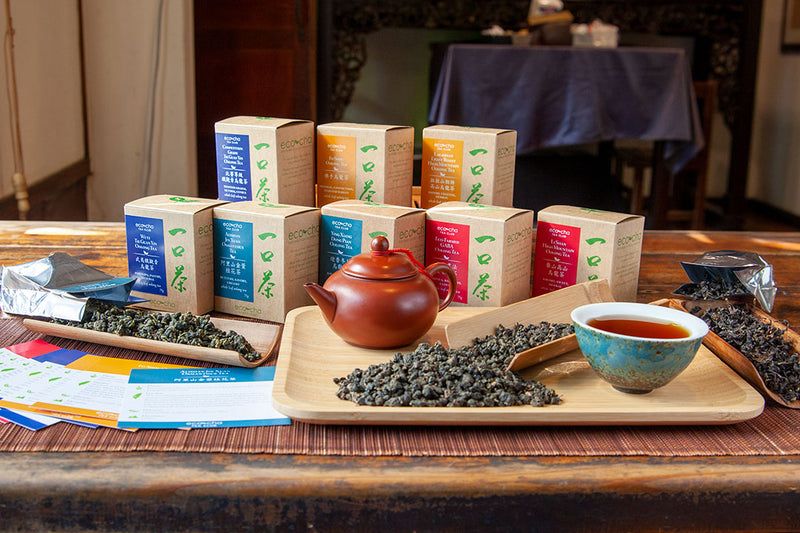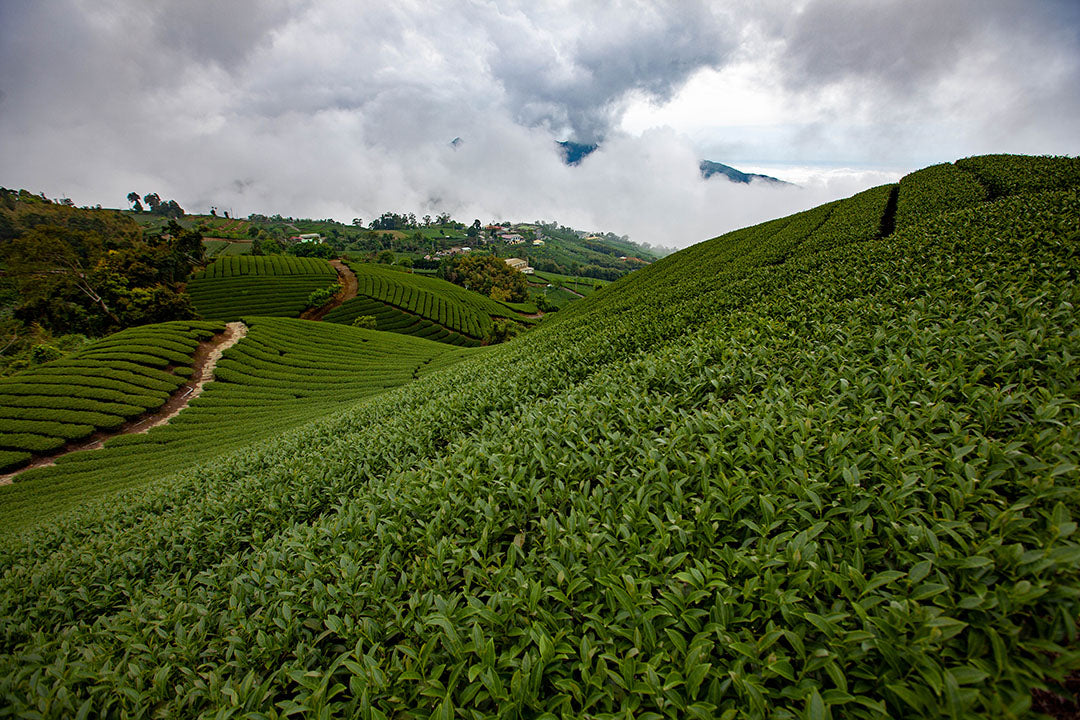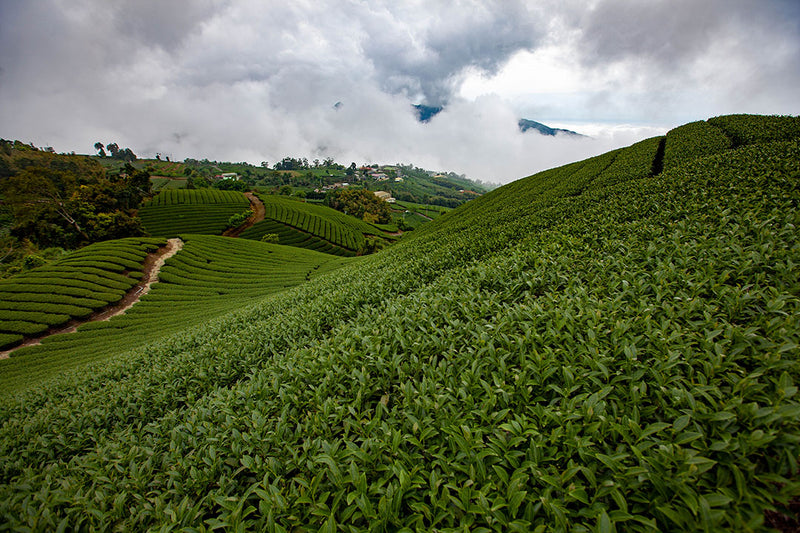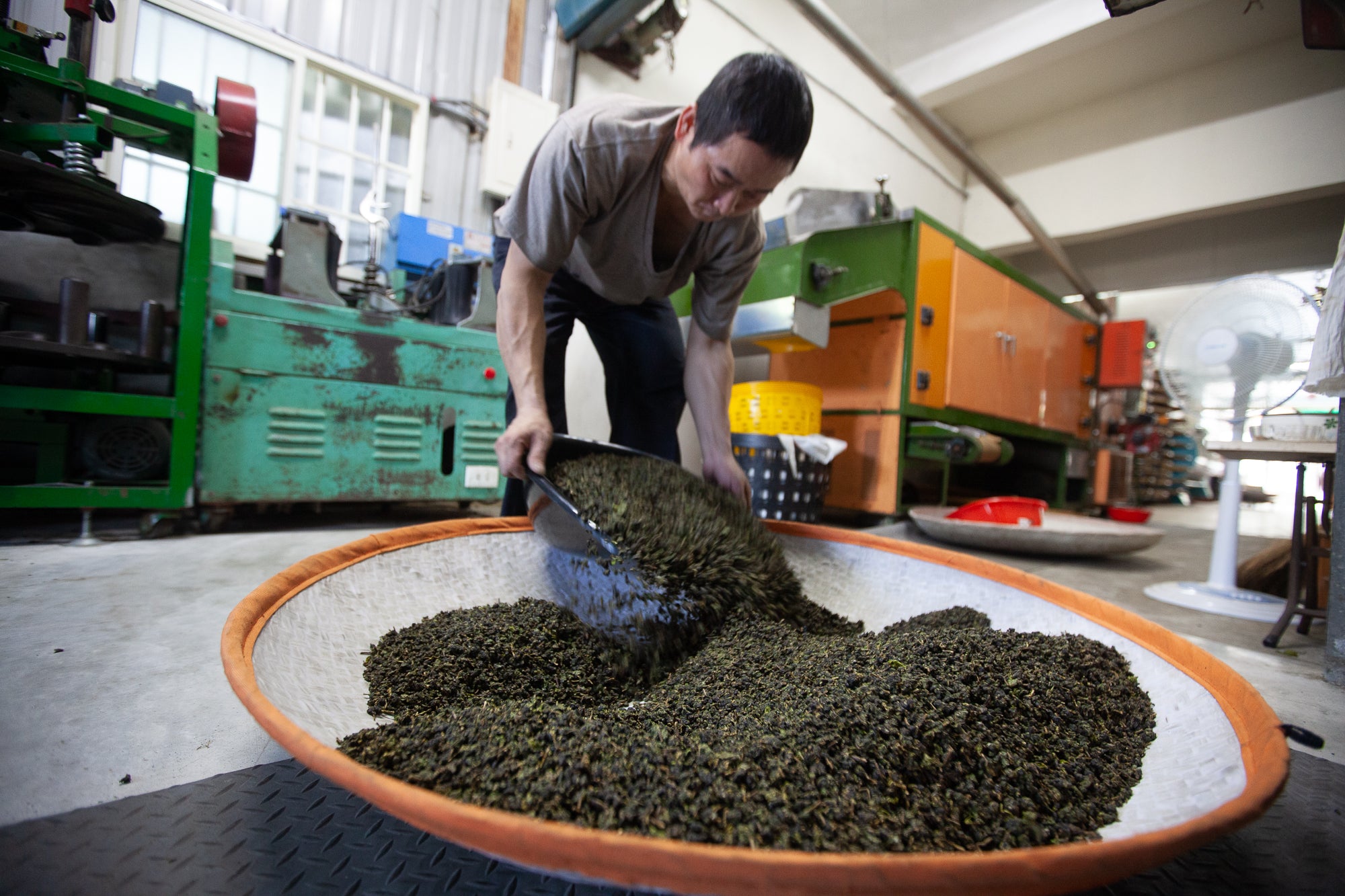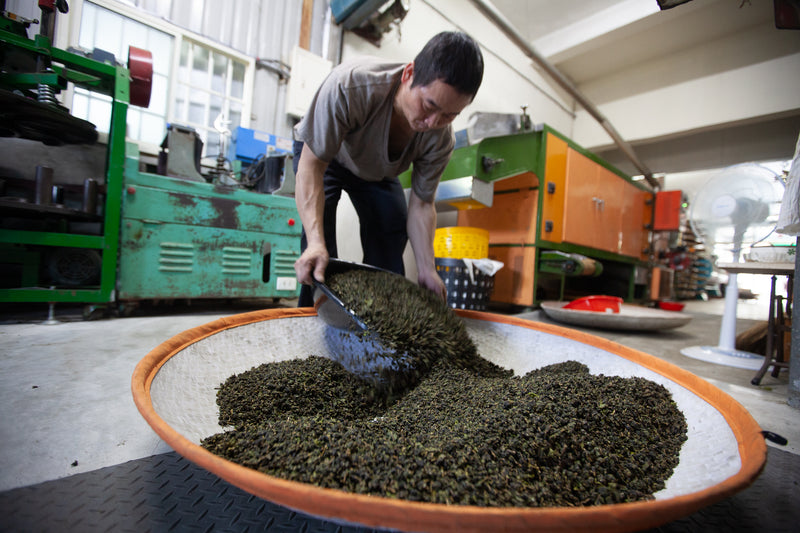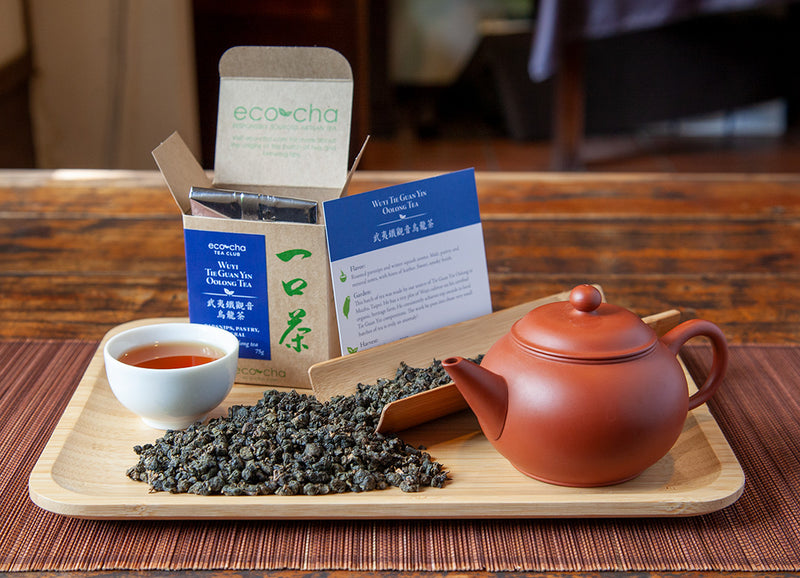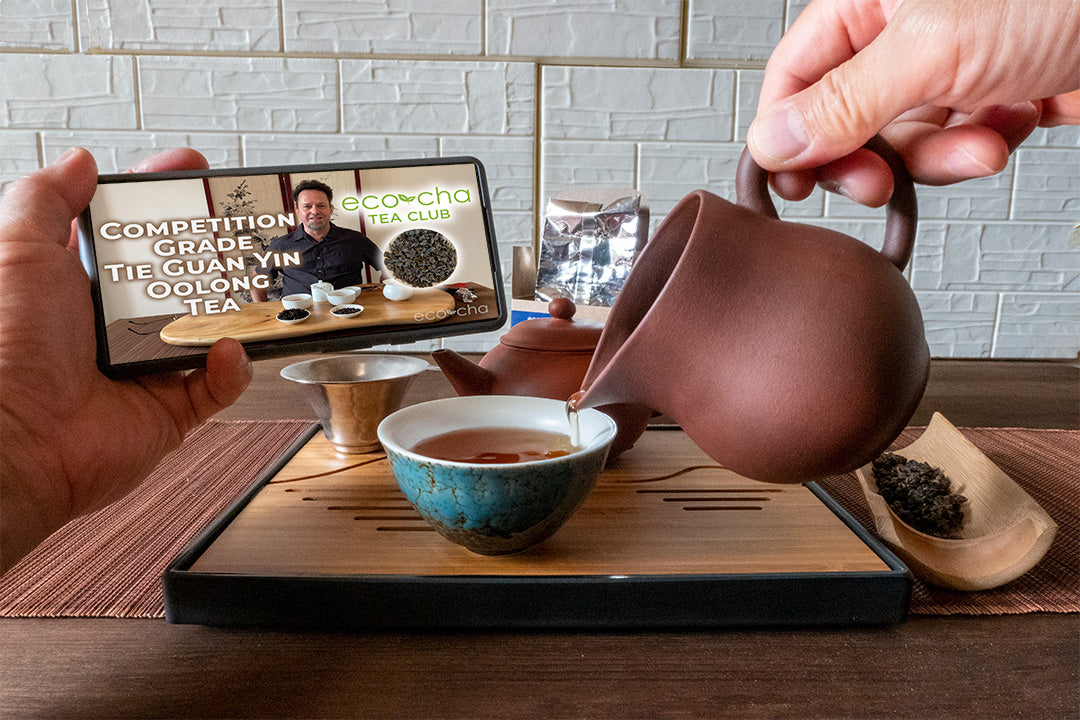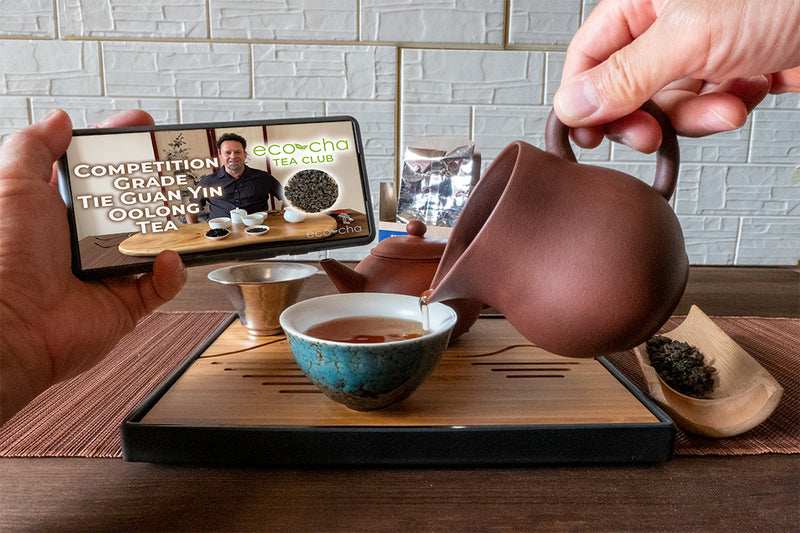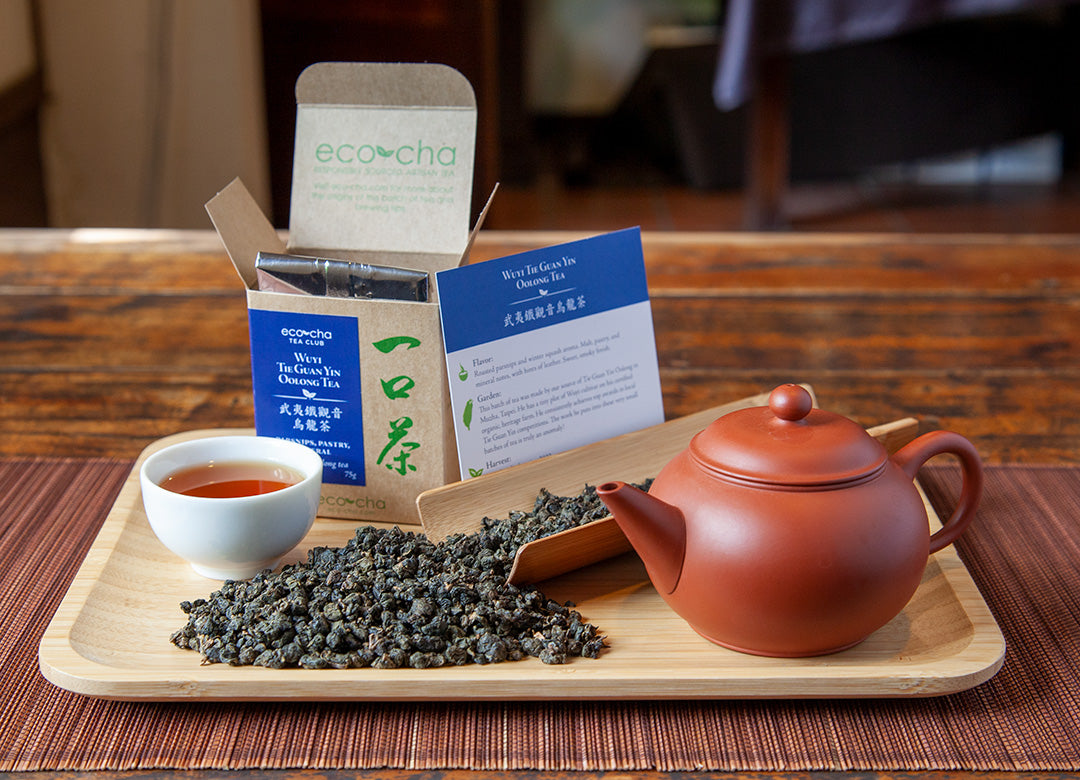
SINGULAR BATCHES OF TEA
Taiwan produces some of the best tea in the world. Living here has allowed us to be continually immersed in its tea culture. The Eco-Cha Tea Club is an opportunity to share in our exploration, and get an in-depth experience of the batches of specialty Oolong, Black, and Green Tea that we find.
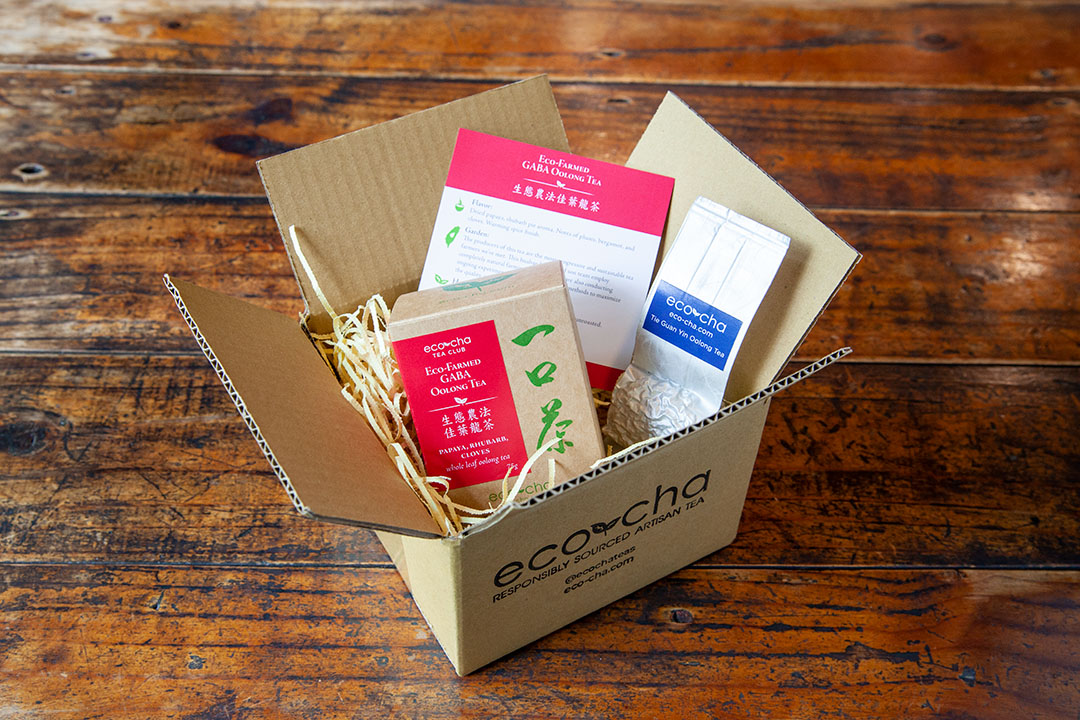
What's in the Box
Each box includes 75g of tea along with an info card that concisely presents all the specs about each monthly edition. We also include a suprise tea sample or an occasional bonus gift for fun!
If you're buying a subscription to the Eco-Cha Tea Club as a gift we'll be happy to include a gift card with your personal message! Just send us an email after you've completed check-out, and let us know what you'd like to say to that special someone.

1. Subscribe to the Club
Subscribe monthly to the Eco-Cha Tea Club to get singular batches of Taiwanese tea delivered to your door every month!
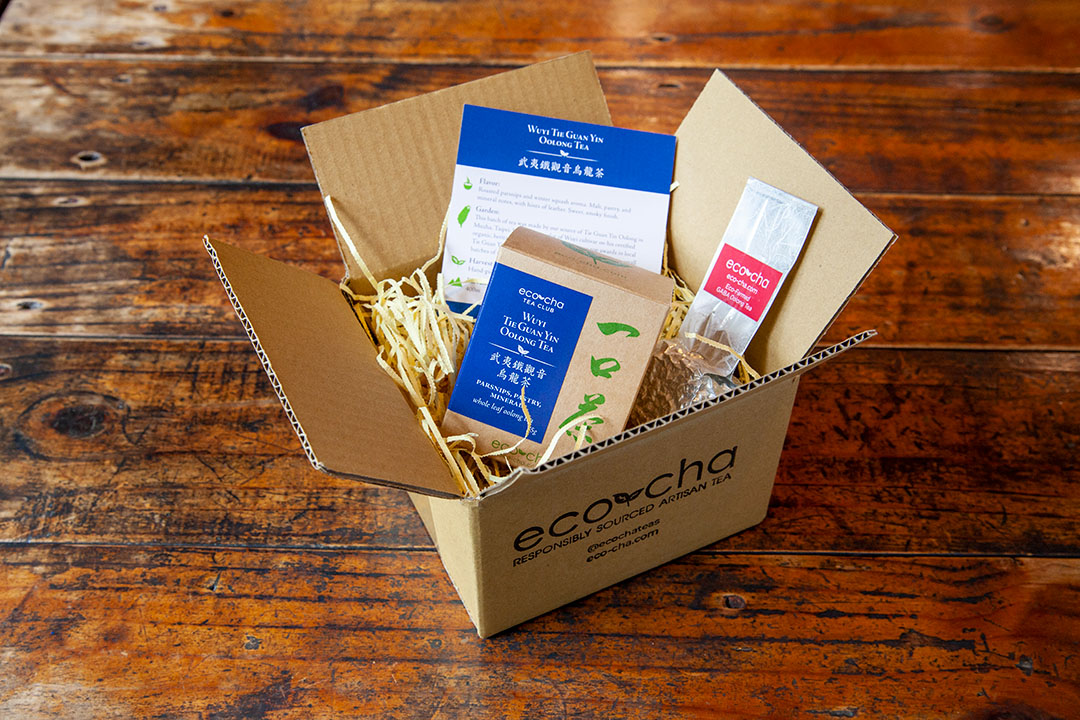
2. We curate your tea box
We search Taiwan for rare teas and send you a 75g bag at the beginning of each month. In addition, you will get a note card with information about where the tea came from, how it was processed, as well as tasting notes to look out for.
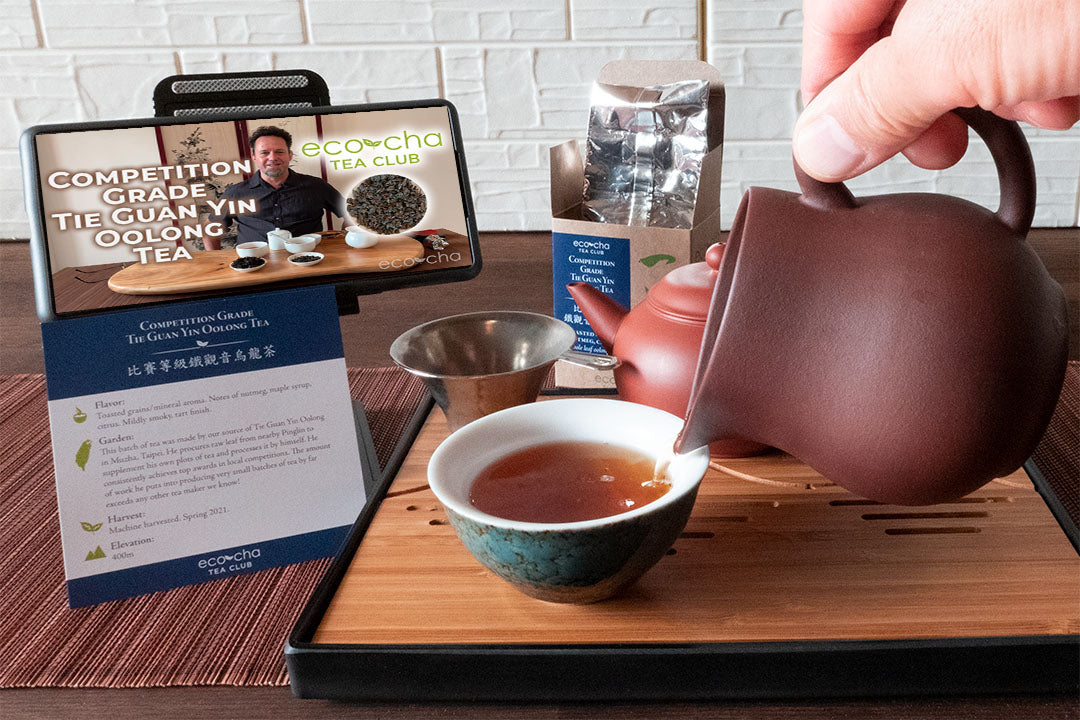
3. You enjoy rare tea monthly
Drink amazing tea and join our growing community of tea lovers! Follow along with our online tasting videos describing the details of each month's tea. Learn all the intricacies of tea tasting all from the comfort of your home!



